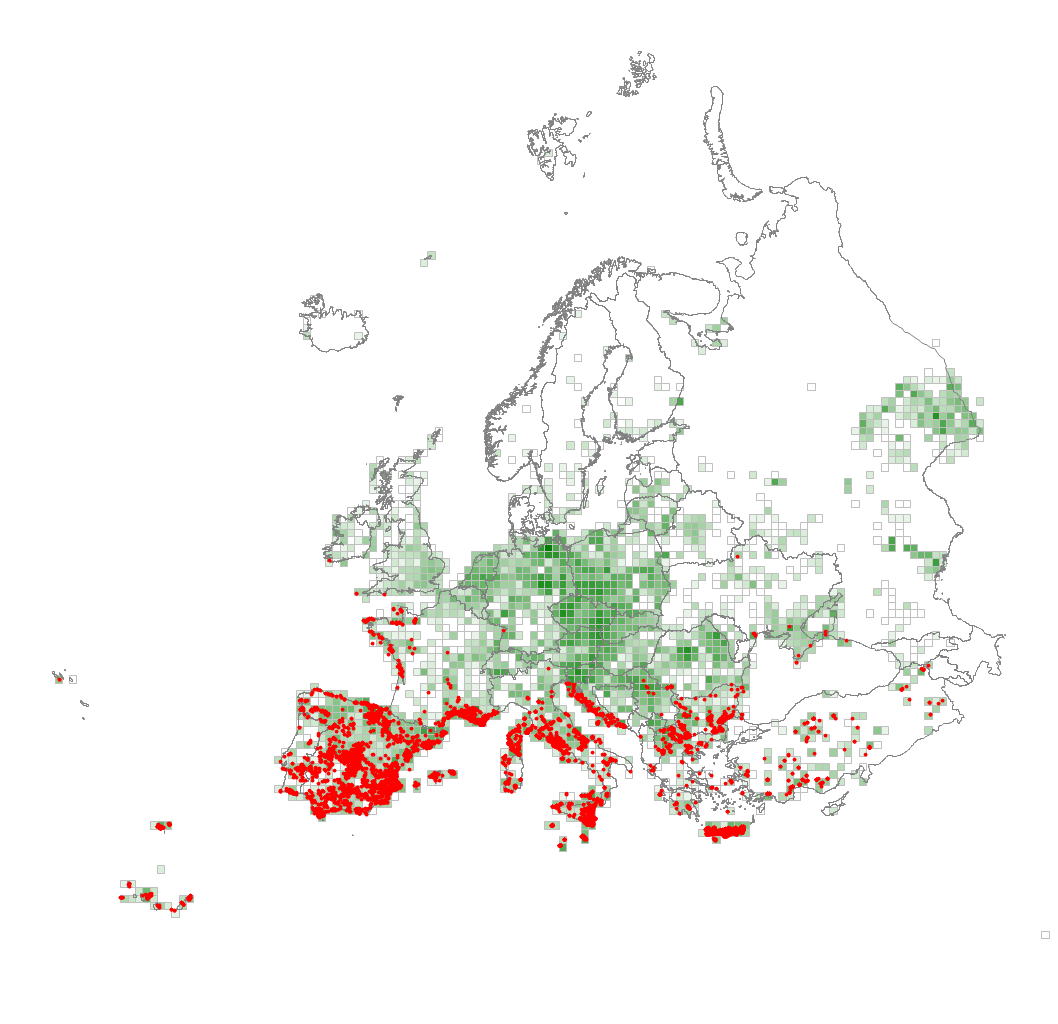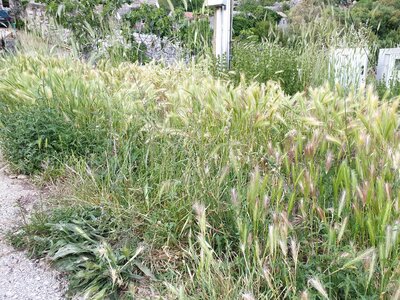V32 Mediterranean subnitrophilous annual grassland
Land dominated by annual grasses and herbs, on soils slightly enriched in nitrates, in the meso- and thermo-Mediterranean zones. Characteristic are annual species of Aegilops, Avena, Bromus, Vulpia, crucifers and leguminous plants. These annuals occur as pioneers of bare soils slightly nitrified by aeration or organic addition, along roads, on land-fills and in interstitial spaces of cultivation. They also replace the oligotrophic annual vegetation of Mediterranean xeric grasslands (R1D, R1F) under the influence of pastoral activities. Subnitrophilous annual grassland is widespread as a successional stage after cultivation. Woody re-colonisation may lead to maquis (S5) or garrigue (S6).
Chytrý M., Tichý L., Hennekens S.M., Knollová I., Janssen J.A.M., Rodwell J.S. … Schaminée J.H.J. (2020) EUNIS Habitat Classification: expert system, characteristic species combinations and distribution maps of European habitats. Applied Vegetation Science 23: 648–675. https://doi.org/10.1111/avsc.12519
Version 2025-10-03, https://doi.org/10.5281/zenodo.16895007.
For the official presentation of the EUNIS Habitat Classification from the European Environment Agency, please see: EUNIS Terrestrial Habitat Classification 2021. The FloraVeg.EU presentation may show modifications and partial updates to the habitat classification.



